
If you're planning to visit Japan in the summer (June to August), you might be wondering what kind of clothes to bring. Japan is long from north to south and has many mountains, so the temperature range can be wide even in the same season. It's important to decide what clothes to bring depending on where you're visiting. What is the average temperature in each region of Japan? What is the difference in temperature during the summer? Do you need sunscreen? This article will answer all these questions!
About the Climate in Japan in Summer
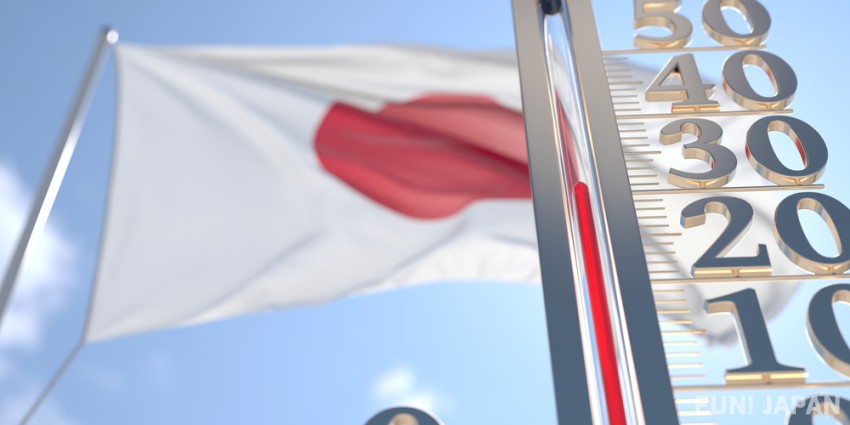
The summer in Japan, from June to August, is characterized by its extreme heat and high humidity. June is the rainy season, with many regions experiencing prolonged periods of rain. From July to August, the temperature rises sharply, and it is common for the maximum daytime temperature to exceed 30 degrees. Particularly in August, there are consecutive extremely hot days, with some days exceeding 35 degrees. Also, this period is the typhoon season, and it is not uncommon to be hit by severe wind and rain. Let's refer to the average temperatures of the tourist cities of Tokyo, Osaka, Nagoya, Fukuoka, Hokkaido, and Okinawa.
Summer Temperature in Tokyo
Average Temperature in 2023
| Average Maximum Temperature | Average Minimum Temperature | |
| June | 27.6℃ | 19.6℃ |
| July | 33.9℃ | 24.7℃ |
| August | 34.3℃ | 26.1℃ |
Average Temperature over the Past 10 Years
| Average Maximum Temperature | Average Minimum Temperature | |
| June | 26.84℃ | 19.29℃ |
| July | 30.59℃ | 23.36℃ |
| August | 30.59℃ | 23.36℃ |
Summer Temperature in Osaka
Average Temperature in 2023
| Average Maximum Temperature | Average Minimum Temperature | |
| June | 27.8℃ | 20.4℃ |
| July | 33.7℃ | 25.6℃ |
| August | 35.2℃ | 26.8℃ |
Average Temperature over the Past 10 Years
| Average Maximum Temperature | Average Minimum Temperature | |
| June | 28.12℃ | 20.21℃ |
| July | 32.14 ℃ | 24.82℃ |
| August | 33.9℃ | 26.01℃ |
Summer Temperature in Nagoya
Average Temperature in 2023
| Average Maximum Temperature | Average Minimum Temperature | |
| June | 28.1℃ | 20.1℃ |
| July | 34.1℃ | 24.8℃ |
| August | 34.8℃ | 25.8℃ |
Average Temperature over the Past 10 Years
| Average Maximum Temperature | Average Minimum Temperature | |
| June | 28.15℃ | 19.7℃ |
| July | 31.84℃ | 24.01℃ |
| August | 33.57℃ | 25.25℃ |
Summer Temperature in Fukuoka
Average Temperature in 2023
| Average Maximum Temperature | Average Minimum Temperature | |
| June | 28.3℃ | 21.5℃ |
| July | 32.9℃ | 25.8℃ |
| August | 33.9℃ | 26.9℃ |
Average Temperature over the Past 10 Years
| Average Maximum Temperature | Average Minimum Temperature | |
| June | 27.77℃ | 20.76℃ |
| July | 31.7℃ | 25.01℃ |
| August | 32.92℃ | 25.91℃ |
Summer Temperature in Okinawa (Naha)
Average Temperature in 2023
| Average Maximum Temperature | Average Minimum Temperature | |
| June | 29.7℃ | 25.7℃ |
| July | 32.8℃ | 27.4℃ |
| August | 31.4℃ | 26.6℃ |
Average Temperature over the Past 10 Years
| Average Maximum Temperature | Average Minimum Temperature | |
| June | 29.98℃ | 25.49℃ |
| July | 32.04℃ | 27.15℃ |
| August | 31.97℃ | 27.06℃ |
Summer Temperature in Hokkaido (Sapporo)
Average Temperature in 2023
| Average Maximum Temperature | Average Minimum Temperature | |
| June | 24.2℃ | 15.2℃ |
| July | 27.8℃ | 20.7℃ |
| August | 30.9℃ | 23.7℃ |
Average Temperature over the Past 10 Years
| Average Maximum Temperature | Average Minimum Temperature | |
| June | 22.1℃ | 13.96℃ |
| July | 26.73℃ | 19℃ |
| August | 27.16℃ | 19.77℃ |
※Source: Japan Meteorological Agency
Advice and Precautions for Clothes to Wear in Japanese Summer
Comfortable and Stylish Clothes
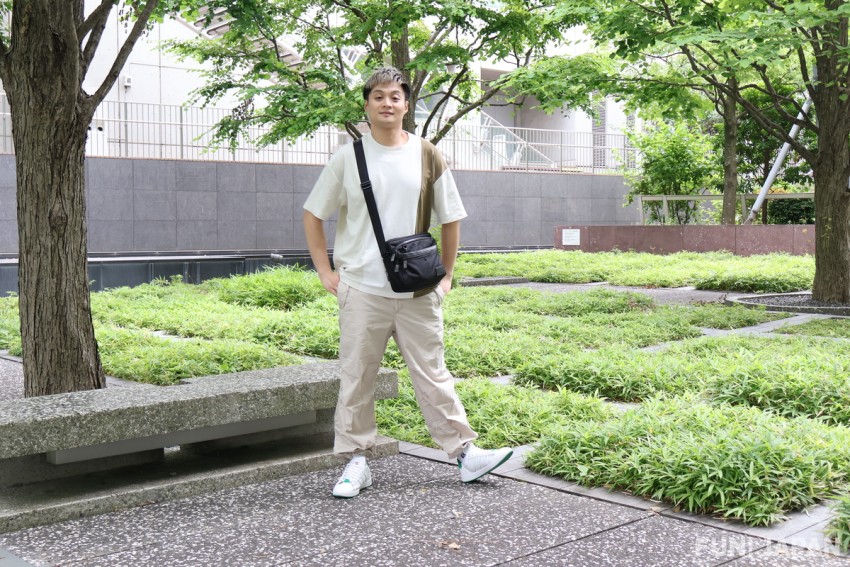
Since you will be taking a lot of photos during your trip, it is best to wear clothes that look good, have breathable fabric, and are easy to move in. This will make both your travels and photo shoots comfortable.
Be Aware of the Morning and Evening Chill
In lowland cities like Tokyo, the highest temperature in summer can exceed 30℃, but in the countryside and mountainous areas, the temperature is low in the morning and evening, so it is recommended to bring a light jacket. It also works for preventing sunburn during the day.
Clothes that can handle both casual and formal
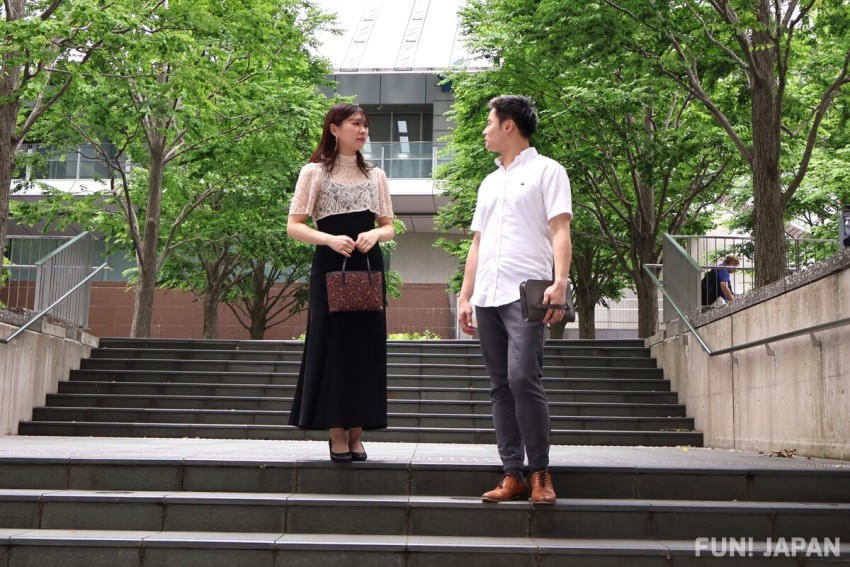
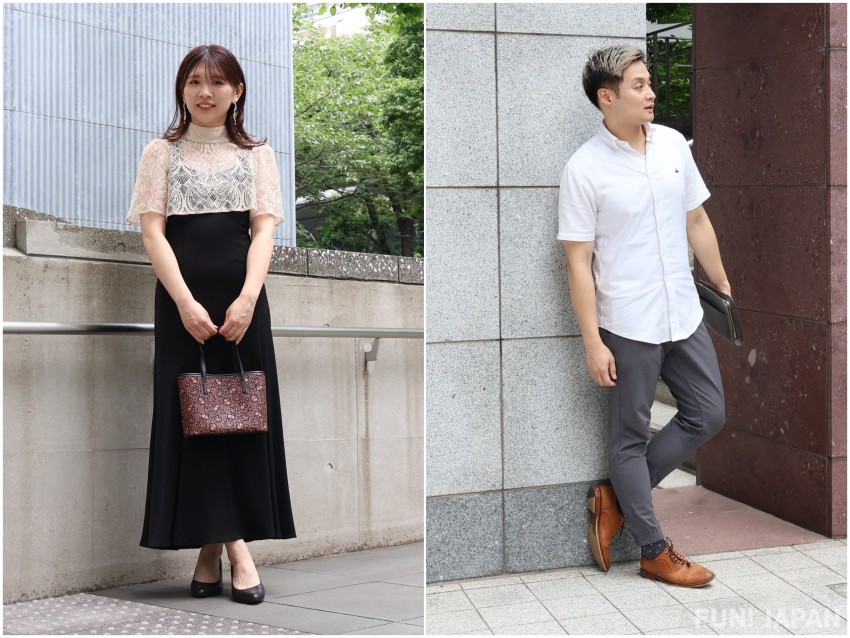
For women, prepare an easy-to-wear dress, and for men, prepare a shirt made of cool fabric. During the day, you can enjoy sightseeing and take stunning photos, and at night, you can enjoy a romantic dinner at a high-end restaurant. You can do all this without needing to go back to your accommodation to change clothes.
Sneakers and Sandals

We recommend comfortable sneakers for a day of sightseeing. Easy-to-wear sandals or beach sandals are convenient as they allow you to easily take off your shoes when needed and not worry about wet shoes in case of sudden rain.
Recommended outfits for traveling in Japan in the summer months of June, July, and August
June: Clothing for early summer during the rainy season.
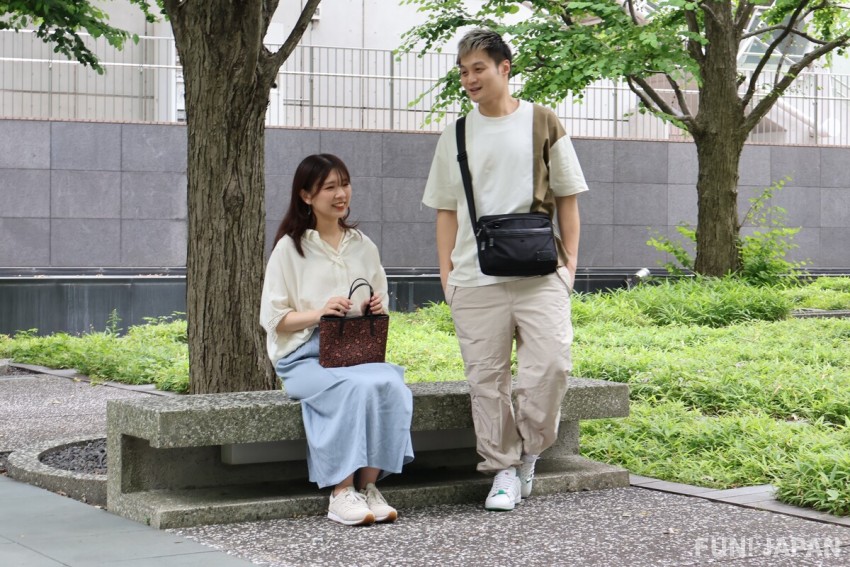
June in Japan is not so hot. Mornings and evenings are usually around 20℃. It's okay to wear a light jacket over a short-sleeved shirt, long pants or a long skirt, and not necessarily "summery" clothes. However, there is a temperature difference between the northern and southern regions of Japan. For example, in Tokyo, June is the rainy season, so it's a good idea to prepare rain gear such as umbrellas and light rain jackets, and sandals.
July: Outfits for summer festivals and fireworks festivals.

July is the season of summer festivals such as the Tanabata Festival (July 7th) and fireworks displays. This period is extremely hot and humid, so summer items such as breathable, cool clothing, sunscreen, hats, etc. are necessary. Or, use a fan to cool down the summer. Also, to prevent heatstroke, avoid direct sunlight during the day and make sure to hydrate sufficiently.
If you wear a yukata to the festival, don't forget to bring a cool folding fan that matches your look.
August: Breathable clothing suitable for midsummer.
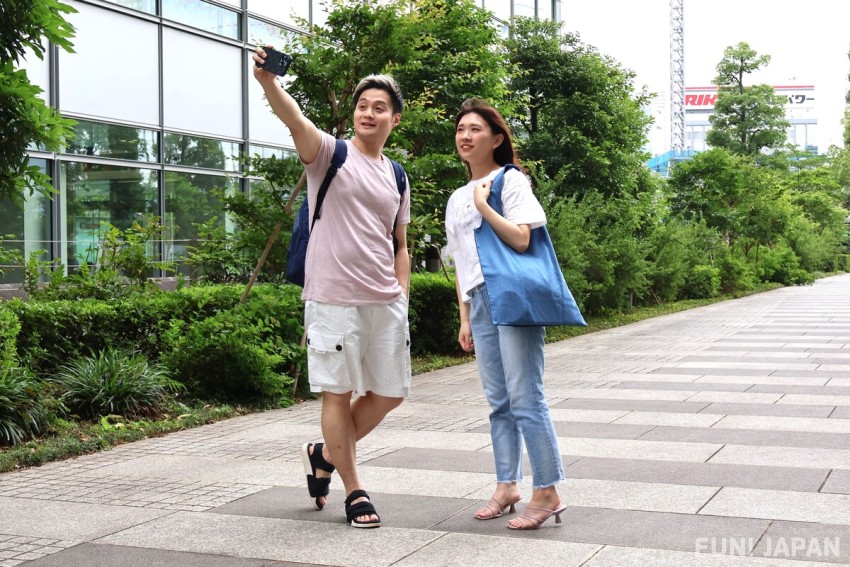
August is humid and the hottest time of the year, and it also includes Obon (August 13th to 15th). As with July, prepare breathable clothing and sunburn prevention measures. Also, don't forget rain gear and jackets as July and August (and September) are also typhoon seasons. Be careful as coastal railways may stop during typhoons.
Recommended heatstroke prevention items
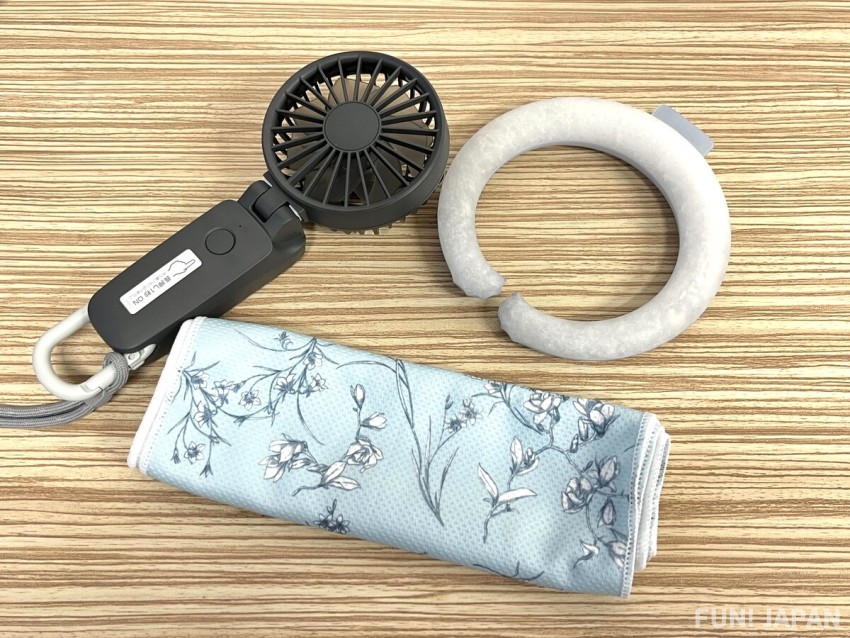
Bottom: Cool towel
Neck Ring
A neck ring is an item that provides a cooling effect just by wearing it around your neck. Use it chilled from the freezer, and you can feel the coolness throughout your body by cooling your neck. It has a long-lasting effect and is perfect for going out on hot days.
Portable Fan
This is a small fan that is easy to carry around. It's compact and easy to carry, with a wind volume adjustment function, so you can enjoy a cool breeze while on the go or commuting. There are both battery-charged types and USB-charged types, and there are also types that can be worn around the neck.
Cooling Towel
A cool towel is a special towel that gives a cool sensation when wet and wrung out. By wrapping it around your neck or wiping your face, you can feel the coolness, making it perfect for dealing with the heat during sports or outdoor activities.
Cooling Spray
Cooling spray is an item that provides a cooling sensation by instantly lowering the skin's temperature when sprayed directly onto the skin. It is ideal for when you are sweaty from the heat or for cooling down after sports.
Cooling Body Wipes
Using Cooling Body Wipes allows you to wipe away sweat while experiencing a cooling sensation that provides lasting refreshment.
How did you find this article? We hope it can be a reference for those planning to visit Japan in the summer. We are also looking forward to your comments! The FUN! JAPAN team will answer your questions!
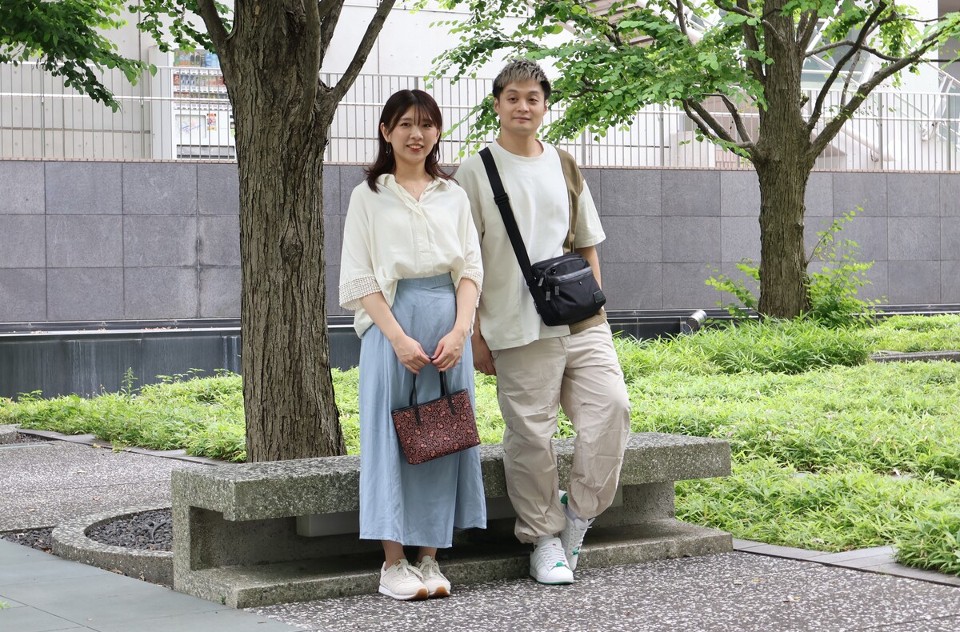
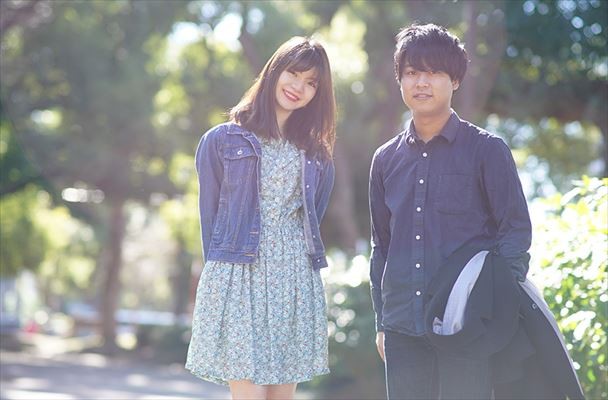
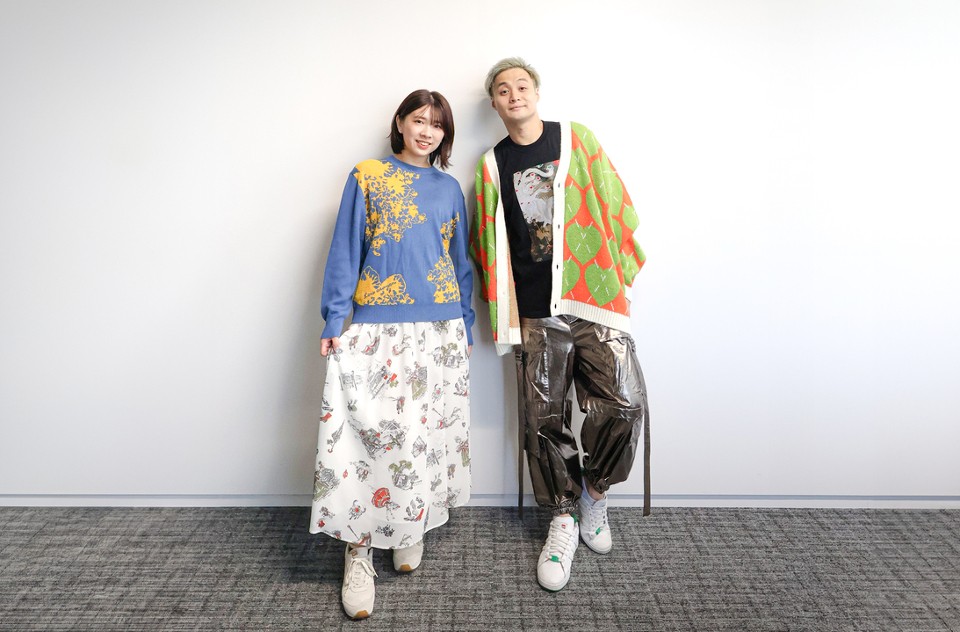
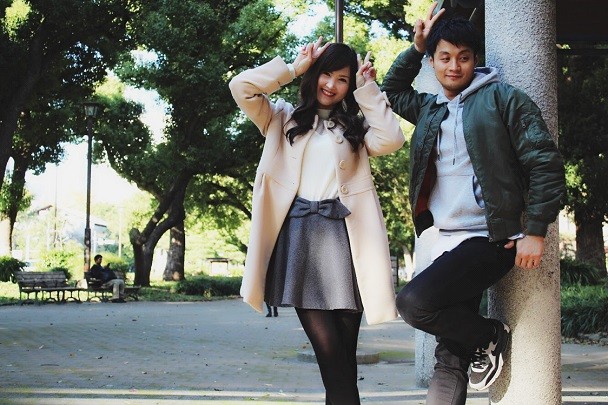
Comments